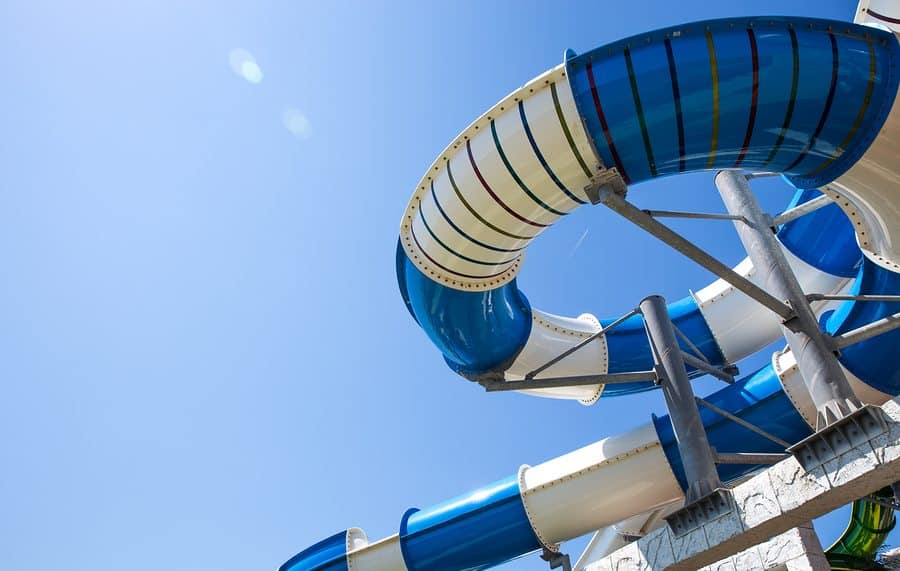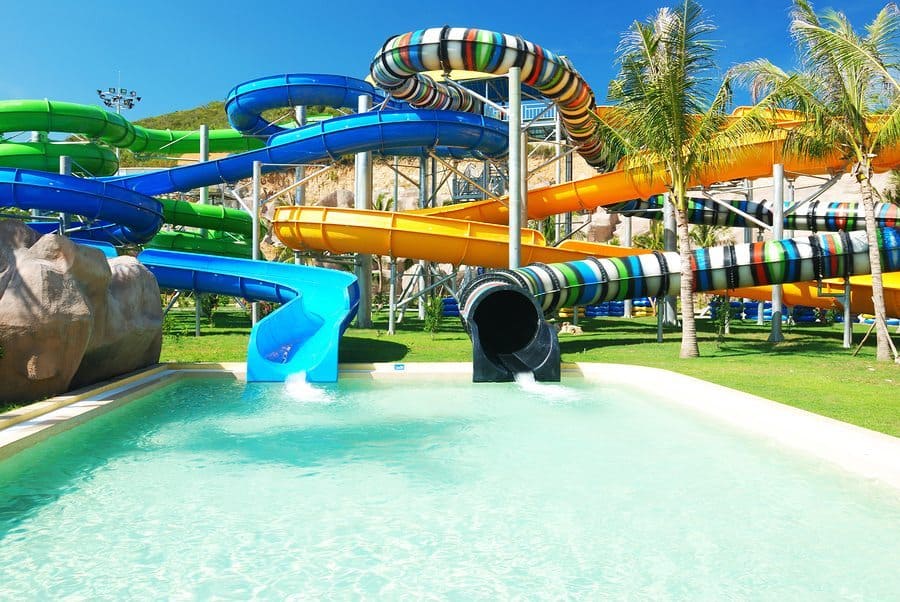Water parks and amusement parks are frequently seen as safe places for summer fun by both children and parents. Parents believe that kids can have the freedom they need to grow and develop without facing any real risk or danger. Kids simply enjoy a fun day in the summer sun.
While most visits to water parks and amusements parks are safe, fun, and uneventful experiences the risk of drowning exists any time water is present. This includes a park, fairs, playgrounds, and amusement parks where water-based attractions are present. When workers are improperly or insufficiently trained or the attraction has unresolved maintenance issues the risk of a drowning injury or death only increases.
What Type of Rides Present a Drowning Risk?
While most people would expect certain water-based attractions to be more dangerous than others, the truth is that a drowning risk exists at any ride that uses water presents a drowning risk. This is because even small amounts of water can cause an individual to drown if he or she is knocked unconscious or electrocuted. Any amount of water that is sufficient to block the intake of air through the nose and mouth can cause a person to drown.

For instance, most people are probably quite familiar with slow, floating, boat-based rides. A common example of a ride of this type is the Tunnel of Love. Most people would probably doubt that any drowning risk whatsoever would exist with a ride of this type because the water is relatively shallow, the ride is calm and serene, and because the rider does not normally come into contact with the water. However, a guest who falls from the boat can hit his or her head and be knocked unconscious in the water. A drowning injury can quickly and easily occur in this fashion.
Other rides where drowning injuries can occur include:
- Log flumes
- Rapid raft rides
- Water slides with mats
- Body slides
- Speed slides
- Tube rides
- Lazy river
Perhaps one of the most common locations for drowning injuries to occur is the amusement park wave pool. Amusement park wave pools are often extremely crowded making it more difficult or impossible for park lifeguards to keep watch. The nature of the amusement park and beliefs about safety may encourage weak and non-swimmers to take risks they otherwise would avoid. The confluence of these factors means that the risk of drowning at an amusement park is often underappreciated.
Certain Actions Increase the Risk of Drowning Injuries and Deaths
The risk presented by drowning can largely be mitigated through the implementation of sound best safety practices. However, the opposite is also true. The risk of drowning can be exacerbated when park staff or park guests engage in certain types of behavior. Behaviors that increase the drowning risk at amusement parks and water parks include:
- Improperly trained staff or insufficiently trained staff – Park staff members must be trained in all aspects of ride safety and operation. For instance, proper training of a wave pool lifeguard would likely include minimum scan times and other active guarding aspects. Guards who fail to maintain focus and attention due to a lack of training or excessively long shifts increase the risk of injury.
- Improper or insufficient ride maintenance – Like any building or item designed by humans, rides require maintenance and repair work. The failure to perform this work means that park guests are more likely to suffer an injury. For instance, a lazy river where electrical wiring becomes exposed due to a lack of maintenance is a particularly serious risk. Likewise, a water slide that develops a jagged edge or other defects can also inflict serious injury.
- Failure to provide warning or instruction – Park ride operators and staff members must provide guests with accurate and adequate instruction. Some rides may require guests to ride in a certain fashion such as tucking their chin to protect their neck. Other rides may require the rider to ride completely flat. Ride operators who fail to provide clear instruction increase the likelihood that a guest will make a mistake that causes severe injury.
- Improper ride equipment – Water rides frequently require the rider to use a certain type of equipment to ride safely. Some rides may require the rider to use a mat while others may require the use of a certain size or type of tube. Riders who use the wrong type of equipment on a ride are significantly more like to suffer a serious injury.
The above behaviors are only a few of the factors that make accidents at water parks more likely. Visitors to these parks should never ride if the ride or situation makes them feel uncomfortable or unsafe.

After Amusement Park Negligence, Work with Philadelphia Personal Injury Lawyers
If you or a loved one have been seriously injured in a water park accident, the aggressive and strategic lawyers of The Reiff Law Firm may be able to fight for you. To schedule a free and confidential consultation call us at (215) 709-6940 or contact us online today.

 "
"














